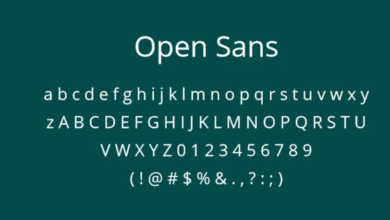
20464466 Mobile Call Source Breakdown: Investigating Call Patterns
The analysis of the 20464466 mobile call source reveals significant patterns in user communication behaviors. By examining call frequency, duration, and timing, distinct trends emerge that reflect changing preferences among different age groups. Younger users increasingly favor instant messaging, while older demographics maintain a preference for voice calls. These shifts prompt a closer look at how service providers can adapt their strategies to meet evolving consumer needs and expectations. The implications are far-reaching.
Overview of the 20464466 Call Source
The call source identified as 20464466 represents a significant segment within mobile communications, characterized by its unique attributes and usage patterns.
This call source exhibits distinct behavioral trends, reflecting user preferences and technological influences. Its analysis reveals insights into the evolving landscape of mobile communication, highlighting how this segment interacts with broader networks, ultimately enhancing understanding of user autonomy and connectivity in modern telecommunications.
Analyzing Call Frequency and Duration
While examining the call frequency and duration associated with the 20464466 call source, it becomes evident that these metrics play a crucial role in understanding user engagement and behavior within mobile communications.
The call volume indicates the intensity of interaction, while duration analysis reveals the depth of conversations. Together, they provide valuable insights into user preferences, enhancing the freedom of communication choices in mobile environments.
Timing Patterns of Calls
Regularly examining the timing patterns of calls reveals important trends in user behavior and preferences within mobile communication.
Analysis indicates distinct peak hours when call volume surges, reflecting users’ availability and social habits.
Additionally, varying call intervals suggest fluctuations in communication urgency, where shorter intervals may indicate immediate needs, while longer intervals could signify scheduled conversations, highlighting the dynamic nature of mobile interactions.
Insights Into Communication Trends
As mobile communication continues to evolve, understanding the underlying trends becomes crucial for both users and service providers.
Analysis reveals significant shifts in communication preferences driven by demographic influences. Younger generations favor instant messaging and video calls, while older demographics still rely on traditional voice calls.
Recognizing these patterns enables providers to tailor services, ensuring they meet the diverse needs of their clientele effectively.
Conclusion
In conclusion, the investigation into the 20464466 mobile call source reveals a tapestry of communication behaviors, woven from the threads of frequency, duration, and timing. As younger users increasingly favor instant messaging, the traditional voice call fades like a distant echo in the modern landscape. These evolving trends not only reflect shifting preferences but also present an opportunity for service providers to adapt their offerings, ensuring they remain relevant in a rapidly changing telecommunications environment.




